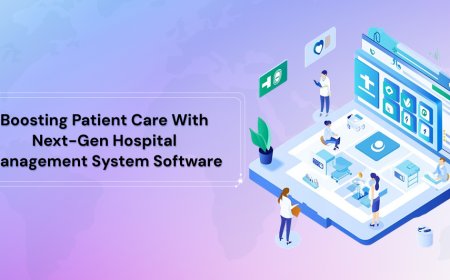What is a laser device and how is it used across different industries and applications
A laser device is a tool or machine that generates and emits a concentrated beam of light through a process called Light Amplification by Stimulated Emission of Radiation (LASER).
A laser device is a tool or machine that generates and emits a concentrated beam of light through a process called Light Amplification by Stimulated Emission of Radiation (LASER). These devices can emit continuous or pulsed beams of light at various wavelengths and power levels, making them suitable for a wide range of applicationsfrom industrial manufacturing to medical treatment and even consumer electronics.
How Laser Devices Work
Laser devices work by exciting atoms or molecules within a gain medium (solid, liquid, or gas) using an external energy source. This process causes the particles to emit photons (light particles). Mirrors placed at both ends of the laser cavity amplify this light, and a portion of the beam is released through a partially transparent mirror as the output laser.
The beam emitted is:
-
Coherent (waves move in sync),
-
Monochromatic (one color or wavelength),
-
Highly Directional (focused into a tight beam).
These unique characteristics make lasers far more powerful and accurate than ordinary light sources.
Types of Laser Devices
Laser devices vary based on the medium and purpose. Common types include:
-
Gas Lasers (e.g., CO? lasers): Often used in cutting, engraving, and skin treatments.
-
Solid-State Lasers (e.g., Nd:YAG): Used in manufacturing, surgery, and military applications.
-
Fiber Lasers: Known for high precision in cutting metals and marking.
-
Diode Lasers: Common in barcode scanners, laser pointers, and home electronics.
-
Excimer Lasers: Used mainly in eye surgeries like LASIK.
Each type is designed for specific applications, based on power level, beam quality, and wavelength.
Applications of Laser Devices
Laser devices have revolutionized countless fields due to their versatility and performance. Here are some major industries where they are widely used:
1. Medical Field
-
Surgery: Lasers are used in eye surgery, tumor removal, and cosmetic procedures.
-
Dermatology: Treat skin issues like scars, pigmentation, and hair removal.
-
Dentistry: For precise tissue cutting and cavity treatment.
2. Industrial Manufacturing
-
Laser Cutting & Welding: For cutting metal sheets, tubes, and delicate components.
-
Marking & Engraving: Permanent and high-contrast marking on products.
-
Surface Treatment: Rust removal, coating removal, and polishing.
3. Telecommunications
-
Lasers transmit information over fiber-optic cables at high speeds with minimal loss.
4. Military & Defense
-
Range-finding, target designation, and even directed-energy weapons use laser technology.
5. Consumer Electronics
-
Optical Drives: CDs and DVDs use laser reading systems.
-
Printers: Laser printers use precision beams to create high-resolution prints.
-
Laser Pointers: Common in presentations and educational tools.
6. Scientific Research
-
Lasers are used in spectroscopy, atomic research, and particle physics.
Advantages of Laser Devices
-
Precision: Ideal for micro-level tasks where accuracy is critical.
-
Non-Contact: Reduces wear and contamination.
-
Speed and Efficiency: Fast processing time, especially in automated systems.
-
Low Maintenance: Fewer moving parts mean less frequent breakdowns.
Conclusion
Laser devices are essential tools in modern life, offering unmatched precision, versatility, and efficiency. Whether in high-tech industries, everyday gadgets, or medical procedures, lasers continue to transform the way we work, heal, and communicate. As technology advances, laser devices are expected to become even more compact, powerful, and integrated into new areas of innovation.






























